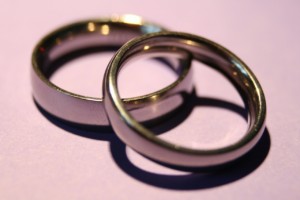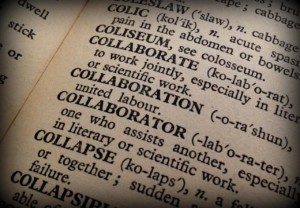 Dr. Brady’s got the lowdown on one of the elements of high quality lab-processed restorations: communication.
Dr. Brady’s got the lowdown on one of the elements of high quality lab-processed restorations: communication.
It’s time to talk about relationships. No, not the ones you have with your significant other, children, and/or best friends.
We mean the really important kinds. Like the one you have with your dental lab.
For me, that relationship has always been part of the key to my success.
My father was a ceramist and taught me not only the skill it takes to be one but also how ‘the other side’ sees their business partnership with dentists.
Thoughtful communication is a facet of a healthy career that can’t be replaced.
It’s like falling in love. Anyone can make it through that fast and furious honeymoon phase when the other person can do no wrong. But it takes effort to sustain a long-term relationship.
Here’s what has worked for me in developing a strong partnership with Gold Dust:
 Relationship Advice for Improving Your Lab-Processed Restorations
Relationship Advice for Improving Your Lab-Processed Restorations
If a ceramist is your one true love, you can choose to make the relationship even stronger with these tips.
Clarify Expectations
The lab can’t meet your expectations if they don’t know what they are! No one is a mind reader, no matter how skilled they are.
If you want restorations that are a perfect esthetic match, you need to gain a better understanding of how that’s accomplished in the lab.
Put Yourself in Their Shoes
Learn more about the lab by going there and seeing how things are done. Watch the process happen by sitting side by side with your ceramist.
This small investment of time will allow you to reap huge results. It will teach you what information you should provide to improve the quality of your collaboration.
 Improve Records Taking
Improve Records Taking
Records are the primary way we communicate our needs with the lab. Take detailed records and make sure they’re specific to the individual case.
Impressions, bite records, and photography are a great place to hone in on expectations.
Collaborate Earlier
Open up a line of communication as early as the treatment planning process. The earlier the better!
Get on the phone and have a real conversation where you ask exactly what the lab needs to create a gorgeous result. You’ll trade expectations and build up a powerful mutual trust.
What do you do to actively improve your relationship with the lab? We’d love to hear from you in the comments!


